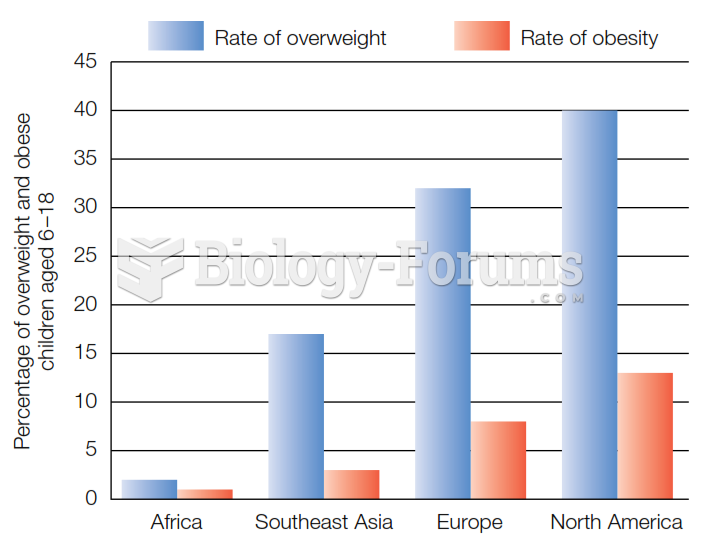This topic contains a solution. Click here to go to the answer
|
|
|
Did you know?
A cataract is a clouding of the eyes' natural lens. As we age, some clouding of the lens may occur. The first sign of a cataract is usually blurry vision. Although glasses and other visual aids may at first help a person with cataracts, surgery may become inevitable. Cataract surgery is very successful in restoring vision, and it is the most frequently performed surgery in the United States.
Did you know?
More than 2,500 barbiturates have been synthesized. At the height of their popularity, about 50 were marketed for human use.
Did you know?
If you could remove all of your skin, it would weigh up to 5 pounds.
Did you know?
Your heart beats over 36 million times a year.
Did you know?
There are 60,000 miles of blood vessels in every adult human.







